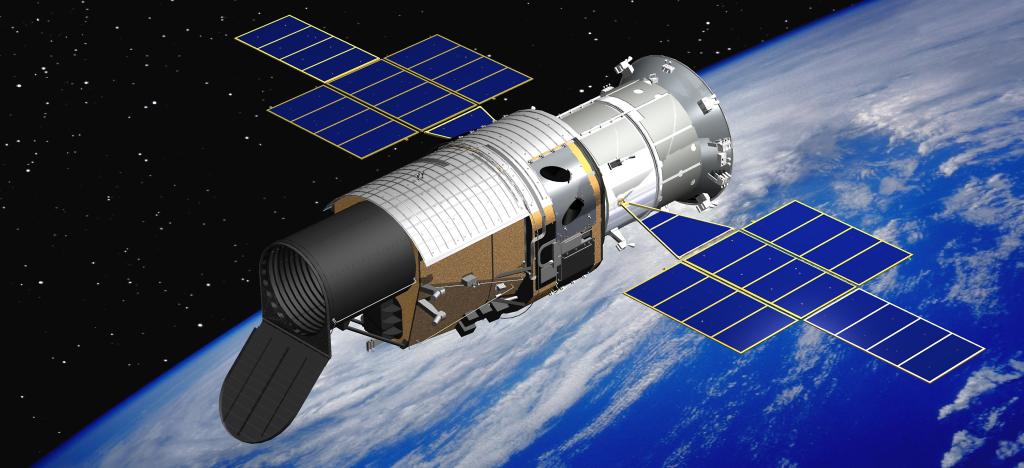about 13 hours after launch. 14:22+13:00= 03:22 + 1D Beijing time. In about one hour.I got it now, i didnt know it has 2 arms.
Any news about Wentian rendezvous with css? According to some articles after launch, it supposed to rendezvous several hours fter launch. Still no any news about that?
You are using an out of date browser. It may not display this or other websites correctly.
You should upgrade or use an alternative browser.
You should upgrade or use an alternative browser.
China's Space Program News Thread
- Thread starter crazyinsane105
- Start date
- Status
- Not open for further replies.
Any news about Wentian rendezvous with css? According to some articles after launch, it supposed to rendezvous several hours fter launch. Still no any news about that?
It was forecasted to be about 13 hours, should be happening sometime soon but not sure if there is live coverage.
Anyone knows when the first scientific experiments will be installed?
I remember hearing that it would host some European experiments as well
This probably doesn't completely answer your question of "when", but this post lists the science racks for the CSS, so it should give some idea of the nature of the experiments:

Not official yet but the rendezvous appears successful.
About 13 hours after her lifting-off, Wentian Lab Module rendezvoused with the CSS and then docked to the fwd port at 03:13 July 25, 2022 Beijing time (UTC+8).据中国载人航天工程办公室消息,问天实验舱入轨后,顺利完成状态设置,于北京时间7月25日3时13分,成功对接于天和核心舱前向端口,整个交会对接过程历时约13小时。
It's the first docking operation between two Chinese spacecrafts which are both heavier than 20 tons. The rendezvousing and docking operation, although not announced officially, was processed automatically by the spacecrafts.
It's the tenth successful mission of the measuring microwave radar.这是交会对接微波雷达系列产品第十次出征中国载人航天工程任务,承担了中远距离空间飞行器间距离、速度、角度等相对运动参数的精确测量任务,是空间交会对接技术中的关键测量敏感器。
Last edited:
Nation to put large telescope in orbit next year
By ZHAO LEI | China Daily | Updated: 2022-07-25 07:41

China plans to launch a large space telescope next year to fly alongside the Tiangong space station, according to the China Academy of Launch Vehicle Technology.
The academy said a Long March 5B heavy-lift carrier rocket will deploy the Xuntian space telescope in a low-Earth orbit similar to the track of the Tiangong station as they both circle Earth. The telescope will carry out deep-space observation and research in the frontier fields of science, it said.
The academy is the designer and builder of the Long March 5B, the most powerful Chinese rocket when it comes to carrying capacity for low-Earth orbit. The rocket is central to China's space station program because it is now the only Chinese launch vehicle capable of carrying large space station parts into orbit.
The China Space Station Telescope, or Xuntian, is now being developed by the Chinese Academy of Sciences.
After being placed in orbit, the telescope is scheduled to start formal scientific operations around 2024. It has a designed life span of 10 years and will be able to extend its service through in-orbit maintenance, said Zhan Hu, the scientist in charge of the program at the Chinese Academy of Sciences' National Astronomical Observatories.
Zhan said Xuntian is about the size of a large bus and will weigh more than 10 metric tons.
The observatory will consist of two major parts-an optical telescope and an orbiting platform. It will have an optical aperture of two meters and state-of-the-art detectors, boasting a large field of view and high-definition imaging capability, he added.
Upon its deployment next year, the telescope will carry five mission payloads-a wide-field camera, a terahertz module, a multichannel imager, an integral field spectrograph and an extrasolar planetary imaging coronagraph.
As its tasks evolve, scientists will send new equipment to be mounted on it, he said.
Zhang Wei, director of the Chinese Academy of Sciences' Technology and Engineering Center for Space Utilization, said the space observatory is expected to help scientists around the world unravel a series of cosmic mysteries such as the composition of the universe, history of planetary systems, black holes and dark energy.
- Status
- Not open for further replies.
